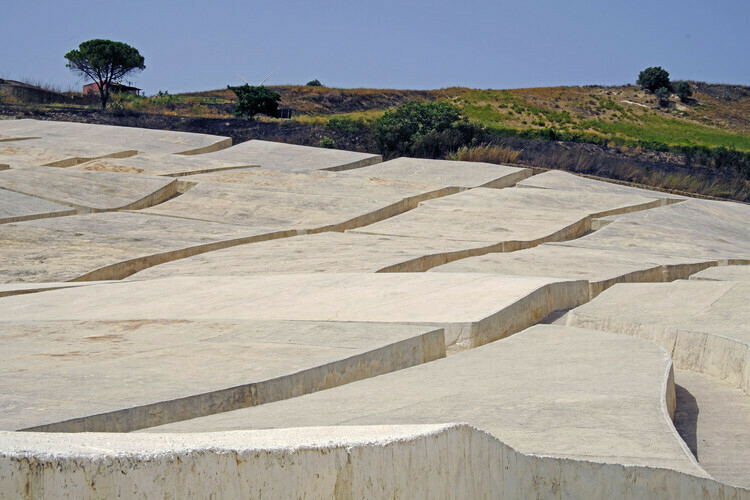Psycho-Geography
This is incredible. I want to see it!
Each concrete slab in the Cretto di Burri measures between ten and twenty meters on each side and stands at around 1.6 meters tall. The enormous yet walkable fissures in the concrete mirror the old town’s streets and corridors, reconjuring spatial memories of the destroyed city while marking its status as uninhabitable ruins. In Burri’s imagination, the cracked landscapes of Death Valley that had served as inspiration for his work functioned as a kind of psycho-geography, suggesting the violence and trauma of fascist rule and industrialized warfare that he had experienced as an Italian citizen living through both World Wars. In similar fashion, the cracked white concrete of the Cretto di Burri memorializes and reifies the trauma and grief of the Belice earthquake, with the fissures marking not just the literal roads and streets of the original town but also the violence done to the land, people, and profoundly to the cultural memory of the site.Source: The Psycho-Geography of the Cretto di Burri | ArchDailyThe white concrete, as a common urban construction material, suggests the pale corpse of the lost city, while the textures and fissures marking the presence and memory of the old city reveal the futility of erasing and moving forward on a psycho-geographic tabula rasa. Altogether, the Cretto di Burri beautifully responds to a moment of profound cultural grief through its pared-down, yet highly suggestive form and materiality.
